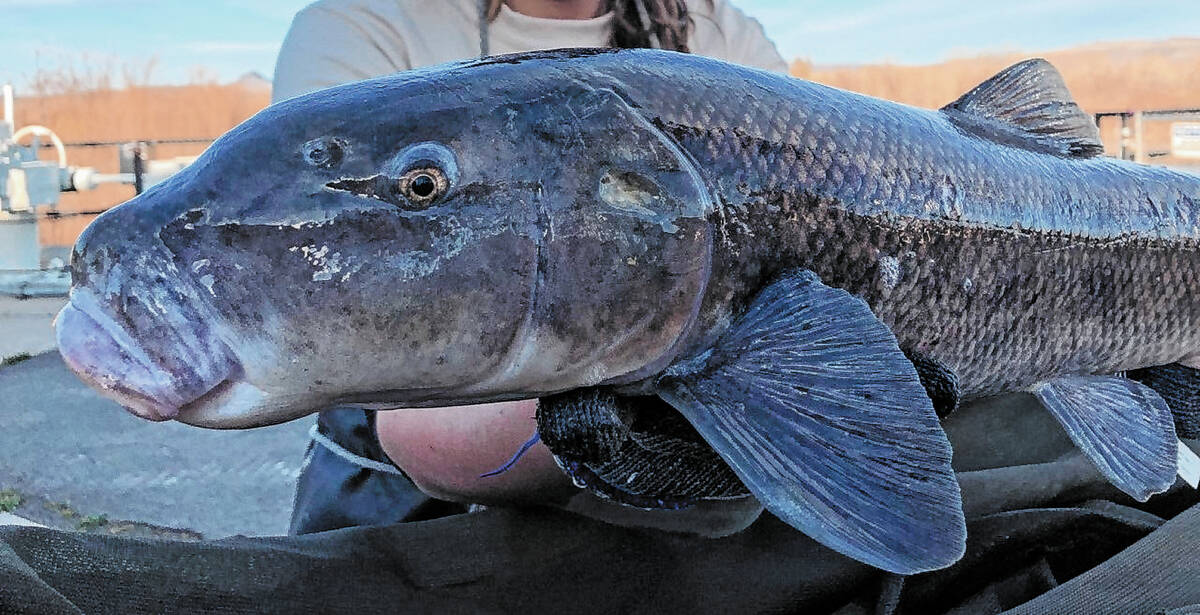Will these 5 Nevada species go extinct?
When the federal government lists a species as endangered, there are significant resources that become available to preserve it.
Recovery — and further review every five years — becomes the responsibility of the National Marine Fisheries Service for aquatic species and the U.S. Fish and Wildlife Service for all others.
Officials also set aside swaths of land as critical habitat, which prevents any destructive activity that requires federal approval or funds.
The 1973 Endangered Species Act gives those agencies the power to protect endangered species. While environmentalists say a lack of support doesn’t allow for enough species to win designation, there are many success stories, such as the American alligator and the bald eagle.
Here are five endangered species found only in Nevada.
Mount Charleston blue butterfly
This elusive, delicate insect is solely found in Southern Nevada’s Spring Mountains. They only live for one or two weeks in June or August and are famously hard to track despite scientists’ best efforts.
It has been listed as endangered since 2013, and in 2022, the Lee Canyon Ski Area’s proposed expansion took the mighty butterfly into account.
Tiehm’s buckwheat
Plants are among the lesser known awardees of endangered species status, but Tiehm’s buckwheat — found exclusively in the Silver Peak mountain range in Esmeralda County, has captured much public attention.
A speedy process led the special wildflower to Endangered Species Act protections at the end of 2022 as lithium extraction plans posed threats to its critical habitat.
As of mid-February, a proposed lithium-boron mine at Rhyolite Ridge planned to disrupt about 20 percent of that habitat.
Moapa dace
All signs point to good news for the Moapa dace, a tiny fish that’s been considered endangered since 1967. It’s found in the Moapa Valley National Wildlife Refuge, and Southern Nevada scientists conduct an annual count to see how numbers have shifted.
The species has got a way to go before being taken off the endangered species list, but scientists are keeping a close eye on it every year.
Cui-ui
A massive sucker fish found in Pyramid Lake northeast of Reno, the Cui-ui is an important part of the Pyramid Lake Paiute Tribe’s culture.
The fish, which was listed as endangered in 1967, lives for more than 40 years.
In 2023, with $8.3 million from the Bipartisan Infrastructure Law, the tribe initiated a process to modify a dam that cut off about 65 miles of the fish’s river migration.
Dixie Valley toad
Endangered species can be powerful — the Dixie Valley toad, which lives in Churchill County east of Reno, caused a geothermal energy project to pump its brakes in 2022 when the species was federally listed.
Scientists officially declared the spotted toad a unique species in 2017, making it the first toad species to be scientifically discovered in at least 50 years.
Contact Alan Halaly at ahalaly@reviewjournal.com. Follow @AlanHalaly on X.













